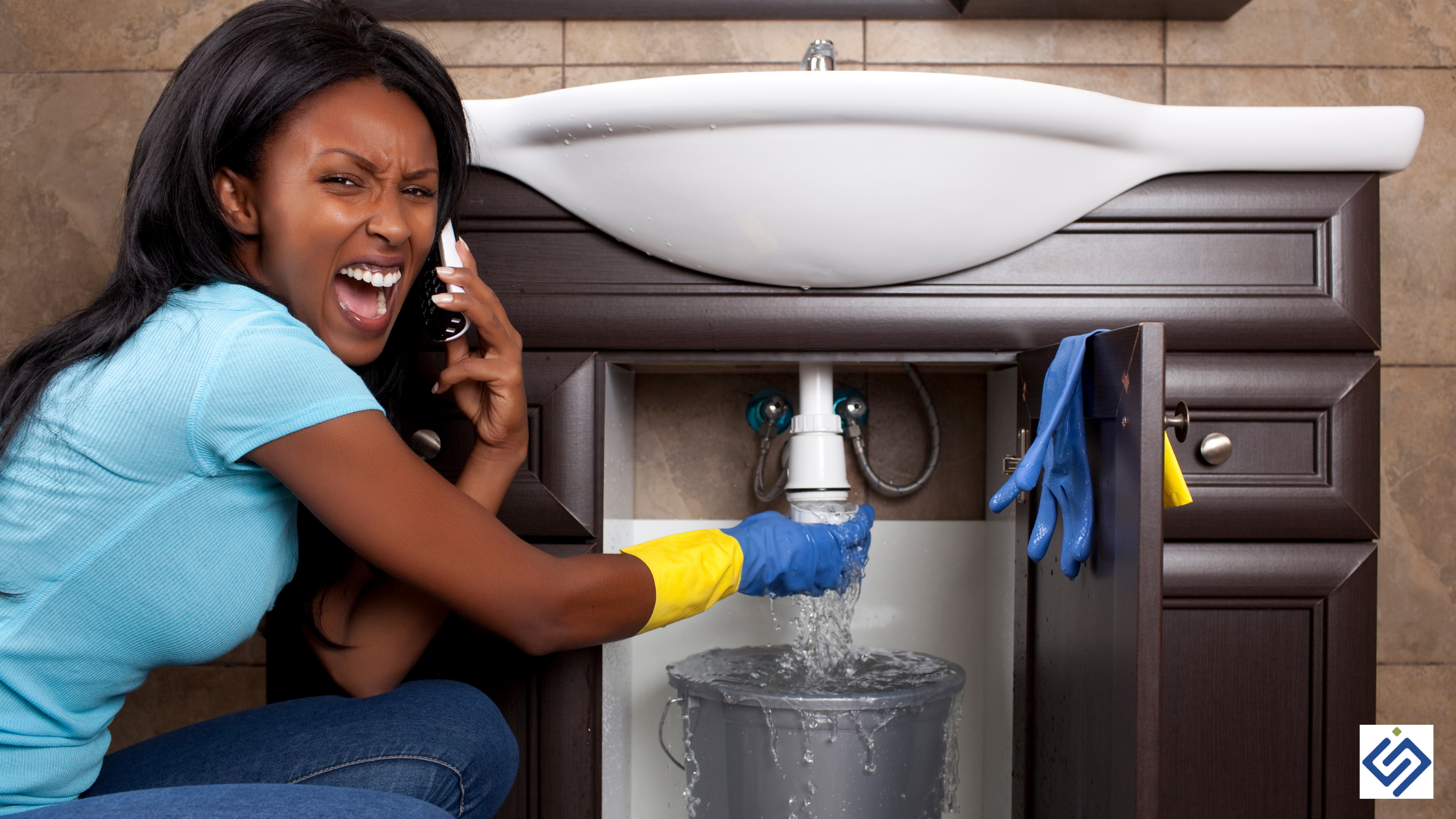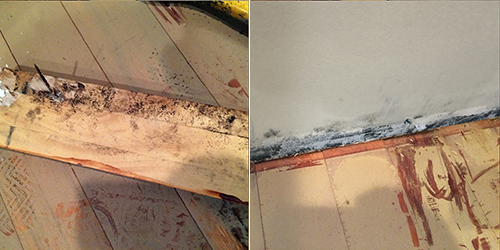How to avoid a Water Damaged Bathroom
How to avoid a Water Damaged Bathroom
Blog Article
The writer is making several great points on Looking for Signs of Water Damage in the Bathroom in general in the article beneath.

The washroom is extremely susceptible for wet accumulation and also potential water damage as a result of the frequent use of water in it. This post supplies easy assessment strategies to aid spotting water damage dangers.
The constant use of water in the restroom makes it very at risk for moist accumulation as well as possible water damages. By inspecting it frequently, you can lower water relevant damages.
The following set of assessments is very easy to execute and should be done when in every three months in order to maintain your shower room healthy and also to prevent potential water damages caused by the tub, the shower, pipe joints as well as plumbing, sinks, cupboards, as well as the commode
Do not forget executing these examinations and be thorough while performing them. Keep in mind that these easy evaluations can save you a lot of money by offering early indications for water damage
Sinks and Cabinets
Sinks and cabinets are exposed to wetness and also moisture day-to-day and also are commonly ignored. Check on a regular basis under the sink as well as on the counter top above it. Repair any drip in the catch as it might recommend drainpipe issues. Take a look around the sink, sluggish draining pipes may indicate an obstructed drainpipe. Change sink seals if they are broken or loose.
Bathtub and also Shower
The shower and also tub need special focus and also upkeep. Check the tiles and also change if broken. Make sure that there is no missing out on cement between the tiles. Inspect and also replace split caulking at joints where the wall surfaces meet the flooring or the tub. Blocked drains and also pipes problems will certainly stop the bathtub from drying out as well as may show severe problems under the tub. Speak with a specialist promptly to avoid architectural damages. Take note of stainings or soft areas around the bathtub wall surfaces as they may show an interior leakage.
Plumbing
Signs for water damages are hard to find because most pipelines are installed inside the wall surfaces.
Pay special focus to flooring and also walls dampness as well as discolorations as they may show an undetectable plumbing trouble. Inspect dampness levels in adjacent spaces too.
The Toilet
The commode is a susceptible water joint. Check the water lines as well as search for leaks around the commode seat, in the hose pipe, and also under the water storage tank. If you identify any indicators of moisture on the flooring around the commode, check for leakages in the toilet rim as well as container seals.
Understand that hanging commode bowl deodorants raises the chances for blockages.
Water Damage Signs In The Bathroom To Avoid Cleanup
Musty smell
This is one of the easiest signs to catch because musty smells are so odorous. The damp, earthy, moldy smell should be a big red flag. The smell will develop when moisture gets trapped in surfaces, and begins to facilitate mold growth. Leaking pipes under cabinets, inside walls, and behind shower fixtures will cause moisture to stay trapped and not dry, which will lead to mold growth and spread. As soon as you notice any musty smells in your bathroom, have it checked for hidden water damage and cleanup signs.
Visible mold
If the smell isn’t there to give it away, sometimes you will actually see mold growth. Finding mold in your bathroom is a serious problem, because mold is very harmful to your health. By the time mold growth is visible, it also means that water damage has already occurred and been present for some time. The only way the mold problem can be resolved is to find the source of the moisture and get it stopped. To safely and adequately remove mold, you need to have professionals handle the remediation. Do not waste any time in getting mold problems addressed, fixed, and sanitized so that you can protect you and your family from the many respiratory symptoms caused by mold exposure.
Damaged floors
Bathroom floors should be able to withstand some exposure to water while still remaining in good condition. However, when excess exposure or water leaks occur, they will begin to damage even the most water-resistant flooring. If you notice any cracking, bubbling, staining, or warping on your bathroom floors, there is probably a water leak somewhere causing the distortion. If you notice areas of the floor have become softer, or even have a spongy feeling, there is probably damage to the subfloor. Subflooring is typically made up of plywood. When plywood is exposed to water or moisture, it will absorb it. Once it has become saturated, the weight of the excess water will cause the wood to swell and soften. Check the floors in your bathroom frequently to catch any of these sings before they lead to damaged subflooring.
Changes on walls
When water leaks behind walls, it will cause changes in the drywall. Peeling plaster, blistering paint, and soggy wallpaper are all good indicators that excess water is building up behind the wall. Water leaking behind drywall will cause it to swell and be soft to the tough. If you start to notice gaps along the trim of your walls, or where tile meets the wall, it could also be a strong indicator that there is a leak behind the wall. Any changes, distortion, or damage on the walls should be evaluated as soon as you notice it to prevent further water damage and cleanup.

As a reader on How to Repair and Prevent Bathroom Water Damage, I think sharing that piece of content was smart. Those who enjoyed our post if you please do not forget to pass it around. I love reading our article about How to Fix a Water Damage Bathroom.
Website Report this page